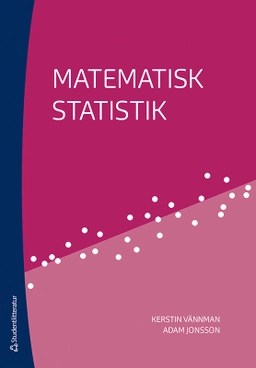

Institutionalizing Community Engagement in Higher Education: The First WaveUpplaga 1
- Upplaga: 1a upplagan
- Utgiven: 2009
- ISBN: 9780470525609
- Sidor: 112 st
- Förlag: John Wiley & Sons
- Format: Häftad
- Språk: Engelska
Om boken
Åtkomstkoder och digitalt tilläggsmaterial garanteras inte med begagnade böcker
Mer om Institutionalizing Community Engagement in Higher Education: The First Wave (2009)
I oktober 2009 släpptes boken Institutionalizing Community Engagement in Higher Education: The First Wave skriven av Lennart Hellström. Det är den 1a upplagan av kursboken. Den är skriven på engelska och består av 112 sidor. Förlaget bakom boken är John Wiley & Sons som har sitt säte i Hoboken.
Köp boken Institutionalizing Community Engagement in Higher Education: The First Wave på Studentapan och spara pengar.
Referera till Institutionalizing Community Engagement in Higher Education: The First Wave (Upplaga 1)
Harvard
Oxford
APA
Vancouver



















